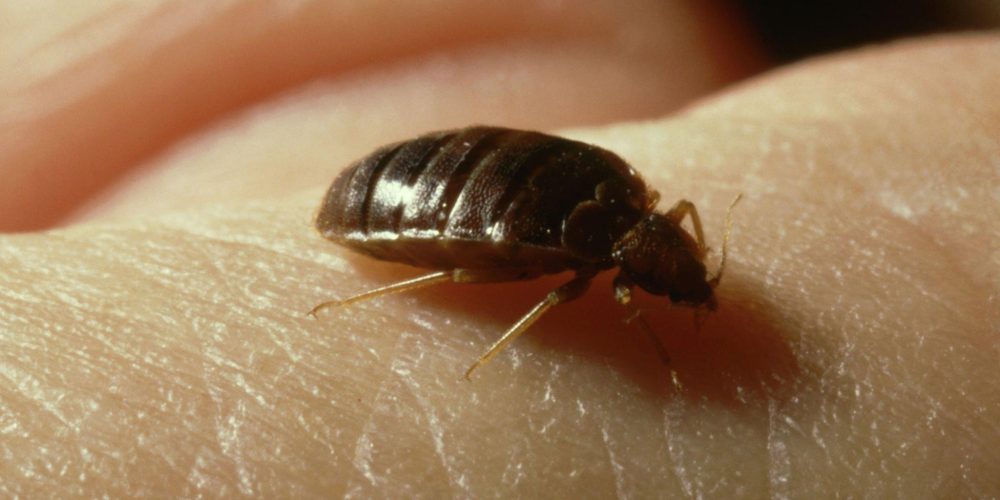An immense lizard that once ruled the sea with its fearsome array of teeth and its abundant size, this frightening predator’s second set of teeth assured any prey it managed to swallow had no hope of escape once it had been engulfed by this ancient monster. Although they were not dinosaurs but rather reptiles that returned to the sea during the Cretaceous period, Mosasaurus creatures are still considered the T-rexes of the ocean during this period and have gained a lot of popularity recently thanks to the notorious scenes in the Jurassic World movies.
The Mosasaurus is an extinct marine reptile that is thought to have been one of the fiercest predators to have ruled the ocean, with some Mosasaurus creatures growing to be quite massive. It was a carnivore, and this animal is believed to have emerged during the Cretaceous Period, around 90 million years ago, rising to the status of a predator after the extinction of ichthyosaurs and the decline of the plesiosaur population. This species inhabited Europe and North America, and its fossils have been found in South Carolina, South Dakota, and even Alabama. This enormous aquatic lizard of the Cretaceous Period often dwelled in the North Atlantic Ocean, and its name is derived from the Meuse River, where the first Mosasaurus skeleton remains were found.
Size and Weight of Mosasaurus
The appearance of these creatures is quite impressive, and the distinctive characteristics of their design make the Mosasaurus a unique species indeed. Potentially reaching up to 50 feet (15 meters) in length and possessing a long and sleek shape, all Mosasaurus species shared similar traits. Some members of this species were only 3 feet (90 cm) in length, but the average length for a Mosasaurus was said to be 10 feet (3 meters). It is said that the Mosasaurus weighed as much as a modern sperm whale and was about as long as a modern North Pacific right whale.
Paleontologists believe the Mosasaurus’ streamlined body and flippers enabled them to move swiftly through the water and chase their prey at high speeds. Although there is no certainty about their exact speed, most paleontologists believe the Mosasaurus was quite fast. Their arms and legs were enveloped in flippers, and their jaws were filled with many conical teeth. While their teeth were sharp, they were not designed for cutting but for grasping.
It’s easy to look at pictures of this creature and feel fear for the unfortunate prey that encountered it. With Mosasaurus Hoffmanni weighing 15 tons and being longer than a semi-truck trailer, who wouldn’t be terrified?
Body Composition and Prey
But the uniqueness of their body composition does not end there. Their barrel-shaped body ended in a strong tail, and the Mosasaurus had large eyes but poor vision. Their skull was elongated, and they possessed a double-hinged, snake-like jaw with rows of large and sharp teeth that allowed them to easily swallow their prey, similar to modern-day crocodilians. With their razor-sharp teeth, the Mosasaurus could absolutely eviscerate any prey it managed to catch in its jaws.
We can determine which unfortunate creatures fell prey to the Mosasaurus through the fossilized remains of its meals. It is likely that the first Mosasaurus species were fish eaters, as the simple shape of their conical teeth would have made it easy to catch fish, much like present-day dolphins. But with evolution came a set of teeth that could crush, puncture, and slice their prey, meaning the Mosasaurus had the ability to crunch on shellfish or even consume much larger prey such as sharks and plesiosaurs. While the Mosasaurus would attack larger prey when the opportunity arose, its diet usually consisted of slower-moving animals that were unlikely to be able to escape, such as ammonites, birds, and turtles.
Extinction of Mosasaurus
However, no living being is truly invincible, and no matter how mighty the Mosasaurus seemed, it could not escape the inevitability of extinction. Toward the end of the Cretaceous Period, there was a regression of the shallow seas’ territories that the Mosasaurus species called home. This contributed to the collapse of the Mosasaurus’ habitats, and the mass extinction at the end of the Cretaceous Period marked the end of the days of this predatory, lizard-like creature.
While the oceanic reign of the Mosasaurus came to an end due to the creature’s extinction, traces of these gigantic marine lizards with bodies resembling large whales can still be found today. The fossil record of their evolutionary history indicates a close relationship to reptiles, particularly to snakes and lizards. The traces of their presence here solidify the Mosasaurus’ domination of the oceanic realm. But who were these majestic predators, and just how terrifying were they to behold? Perhaps that answer has been lost to time.















